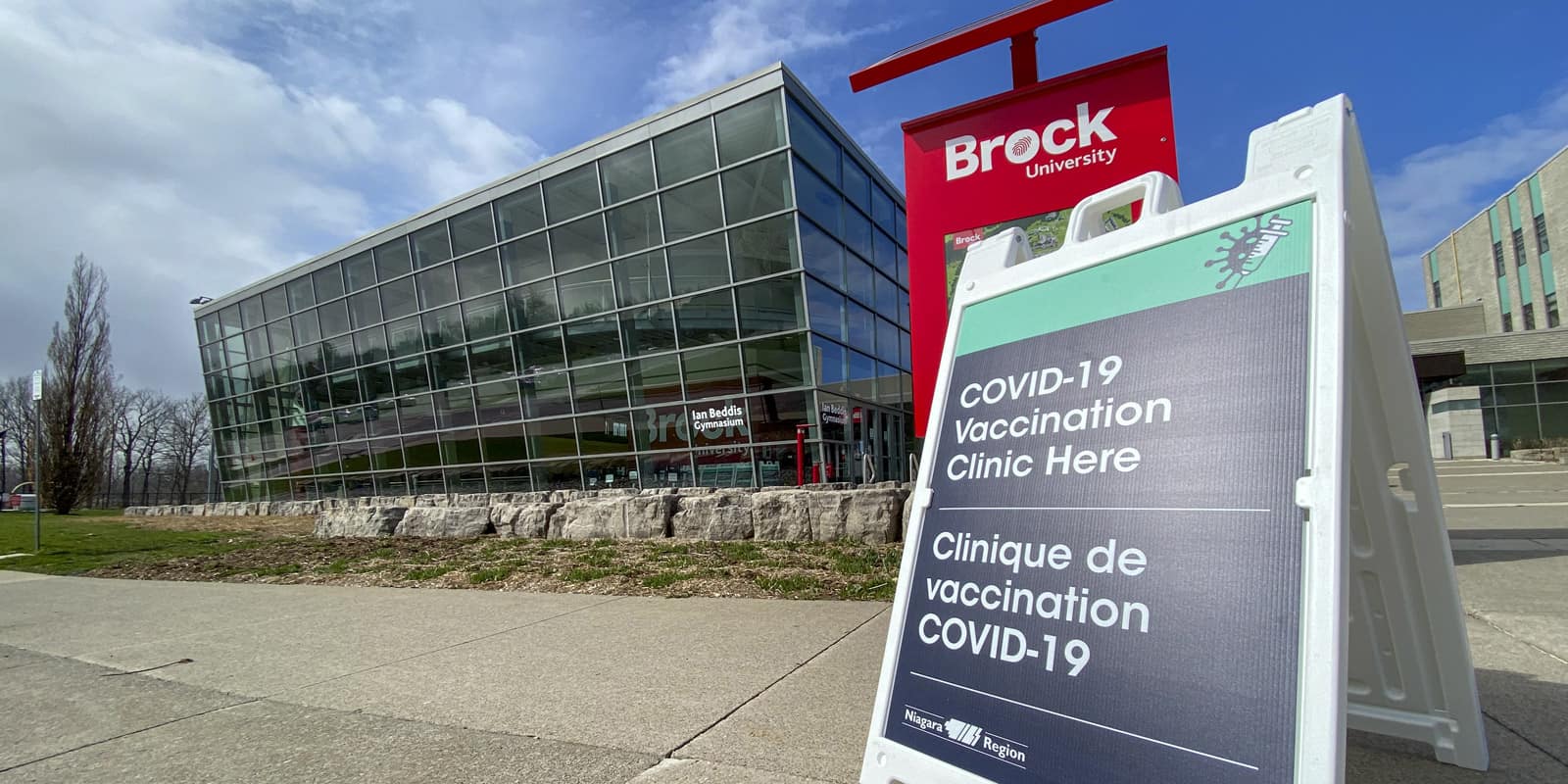St. Catharines university researchers to gauge Niagara Region’s effectiveness relaying COVID-19 information
Published November 10, 2021 at 3:07 pm

How well did Niagara Region communicate with its residents as the COVID-19 crisis unfolded?
That’s what one team of researchers at Brock University in St. Catharines are hoping to discover.
Tim Ribaric, Acting Head of Brock’s Digital Scholarship Lab, says his five-person research squad will examine a broad range of large data sets from websites and social media posts from to analyze how well they reached out during a crisis.
Their research, entitled “Crisis Communication in the Niagara Region during the COVID-19 Pandemic,” will look at not only the region but also non-profit groups and major private entities’ forms of communications.
“Findings from this research aim to inform future crisis communication organizational planning, specifically at the local and municipal level,” Ribaric told The Brock News.
Some of these questions researched will study include:
- Did private and public Niagara region organizations communicate similar messages and advice to the public during the pandemic? Was there ‘one voice’ across the region or diverging voices?
- Did organizational messaging change over time in terms of content and emotional sentiment?
- Were messages to the public simple or complicated?
- How much of the message content was about organizational status versus community building?
- Did organizations tell stories about the pandemic or just stick to the facts about COVID-19?
- Did the emotions of the messages change over time, reflecting developments in the pandemic?
“What we’re seeing so far is that, at the early start of the pandemic, there was literally no information and then a sudden influx of information on all these pages that people tried to make sense of, and then a gentle decline after that,” says Ribaric.
(Photo of Tim Ribaric courtesy of Brock University)







